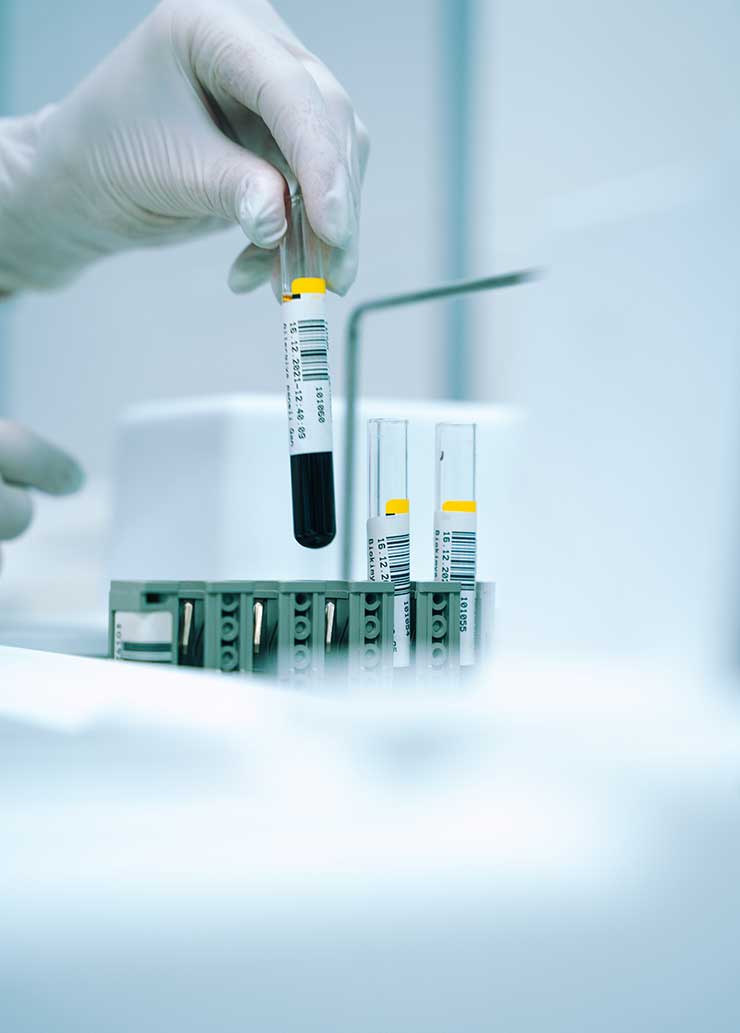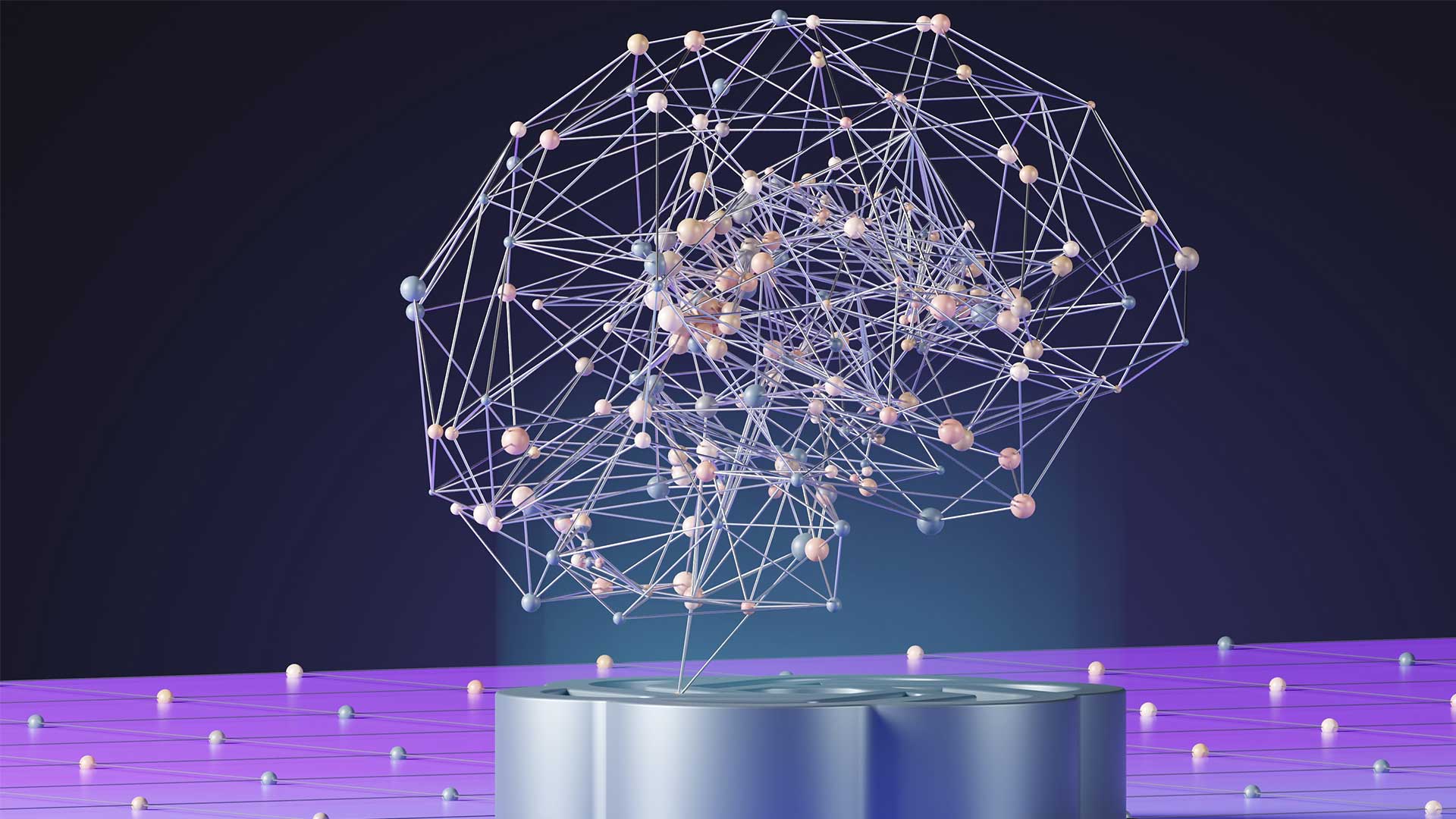Artificial Intelligence at Healthcare PRAESIIDIUM
PRAESIIDIUM project to prevent prediabetic risk in real time
The incidence of undiagnosed diabetes affects a high proportion of citizens: 36% of European adults. However, prediabetes is a condition that can be reversed without prescription drugs. The answer is to be found in mathematical models that simulate the person’s metabolism, the hormone production of the pancreas, the metabolites of the microbiome, the inflammatory process and the response of the immune system.
Research, innovation, prevention: this is PRAESIIDIUM
Duration:
36 month
Years:
2023 January – 2025 December
Target markets:
Bioinformatica, Digital Health
Partners:
CNR – Consiglio Nazionale delle Ricerche, SUPSI (Scuola universitaria professionale della Svizzera italiana), Institute of Electronics and Computer Science (EDI), Euronet Consulting, Scuola di Robotica (SdR), CheckHealth, Medical University of Graz (MUG), Fondazione Italiana Fegato Onlus (FIF), HK3 Lab (HKL), University of Latvia (UNIL)
Our solution
- The project aims to develop a prototype for real-time prediabetic risk prediction based on multi-scale and multi-organ mathematical models.
- The predictive algorithm is based on a rich training dataset resulting from the patient’s family history, clinical data and a multi-centre pilot study in which the patient will be fitted with wearable sensors to monitor glucose, heart rate, bi-compendence etc.
- The estimated risk index will include, for each case, an early indication of health conditions that may lead to an imminent risk of pre-diabetes.
Advantages
Accelerated training (Physic Inform Machine Learning) for simulating macrobiome production and improving its prediction performance.
Systematic re-use of pre-existing clinical data in the function of retrospective clinical studies.
Platform available to healthcare professionals and patients for entering data, for integration with data acquired by wearable sensors and for checking up-to-date results.
Development of a mobile app with supporting and assistance functions for the patient.




